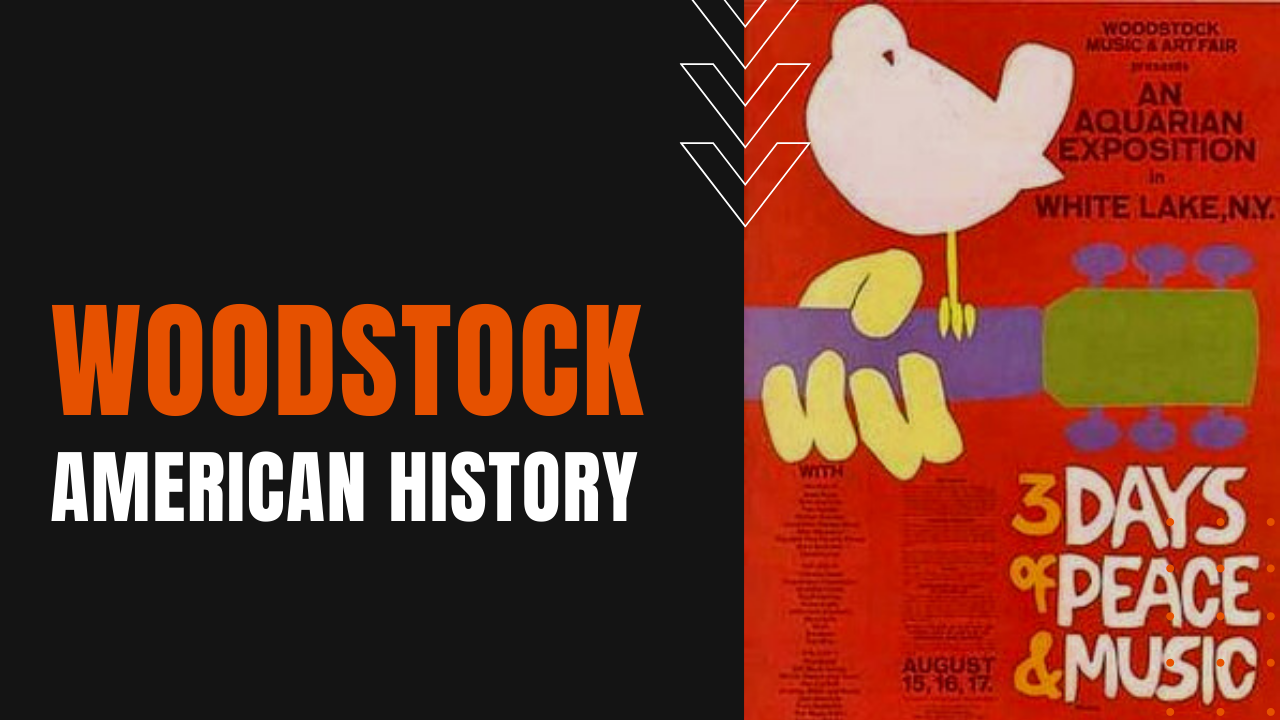Woodstock

While the Digger’s mock funeral marked the symbolic end of the Summer of Love, in a larger sense, the Woodstock Music and Arts Festival in the summer of 1969 ushered out the peace and love hippie movement of the 1960s.
Staged on Max Yasgur’s dairy farm in Bethel New York, some 40 miles southwest of the small village of Woodstock, the three-day event kicked off on August 15th, 1969, headlining 32 major acts to an over-capacity crowd of counter-culture attendees, including:
- Ravi Shankar
- Joan Baez
- Santana
- Canned Heat
- Grateful Dead
- Creedence Clearwater Revival
- Janis Joplin and the Kozmic Blues Band
- The Who
- Jefferson Airplane
- Joe Cocker and the Grease Band
- Ten Years After
- The Band
- Crosby, Stills, Nash & Young
- Jimi Hendrix
- Many more
Financed by New York City entrepreneurs Joel Rosenman and John Roberts, Woodstock was promoted by Michael Lang and Artie Kornfield, who co-organized the heavily-attended Miami Pop Festival the previous year.
Woodstock Becomes a Free Concert
In April of 1969, Creedence Clearwater Revival became the first major act to sign a contract for the event, agreeing to play for $10,000.00 or roughly $70,000.00 in today’s currency. While Woodstock was first conceived as a profit-making venture, it soon became a free concert when circumstances prevented organizers from installing fences or ticket booths before opening day.
The influx of concertgoers quickly overwhelmed the small town of Bethel, while creating a massive traffic jam that shut down the New York State Thruway.
Originally planned for 50,000 people, Woodstock saw 450,000 to 500,000 attendees crowd onto Yasgur’s farm, forcing many to struggle against bad weather, food shortages and poor sanitation.
Despite these critical setbacks, the festival was remarkably peaceful, recording two fatalities—neither to violence—and two births. By the time Jimi Hendrix took to the stage as the final act at Woodstock, the crowds had thinned considerably to an estimated 200,000 people, making Woodstock one of the most quintessential moments in rock n roll history.
